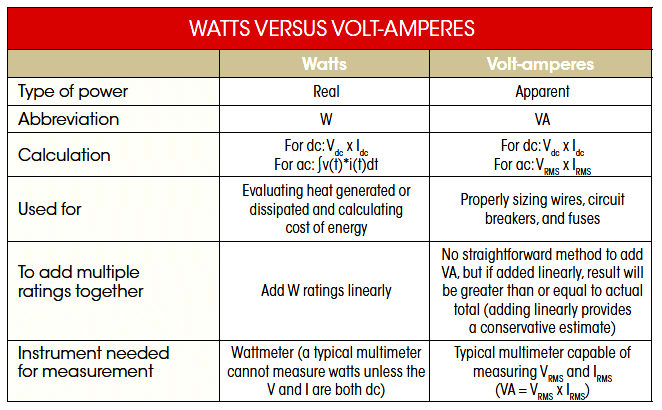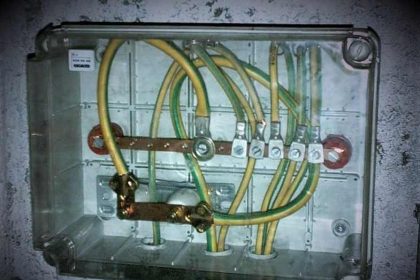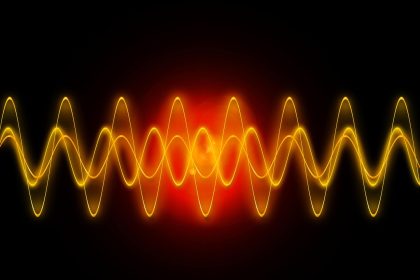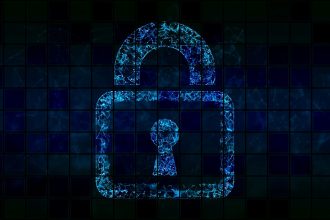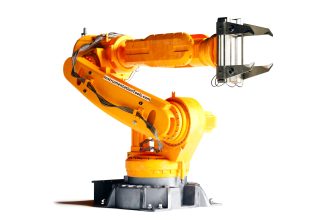In this post, we will learn the difference between KW and KVA in electrical engineering.
Electrical power is a very important term which is commonly used in electrical circuits. When you are choosing or designing system, you first of all consider it’s power rating.
In electrical power, two of the most general purpose terms are – KW and KVA. KVA is usually heard in generators and transformers. But, it is also used in many other types of electrical devices.
Both these terms are power ratings used in every measuring the current characteristics. They are common electrical power abbreviations. In this post, we will see the difference between KW and KVA.
Difference between KW and KVA

- KW stands for Kilowatts and KVA stands for Kilo Volts Ampere.
- KW is the amount of power that is converted into a useful output. Therefore, KW is usually also known as actual power or working power. KVA is the measure of apparent power. Basically, it gives an indication of how much total input power is being provided into the system. So, you can say that KVA is the input power whereas kW is the output power. This is the first and foremost basic major difference between kW and KVA. If the system is perfectly designed or fully efficient (it is practically impossible), KVA will be equal to kW. This means the amount of power that you are feeding to the system is fully used by it at it’s output.
- The basic formula of KVA is V x I; whereas the basic formula of kW is V x I x power factor. Power factor is usually also termed as waste power and is generally mentioned in a device nameplate.
- KVA is naturally higher in ratings than kW.
- kW ratings are normally shown in devices which use mechanical energy (for example a motor). KVA ratings are normally shown in devices which use electrical energy (for example a circuit breaker or transformer). This is because, a circuit breaker is not driving any mechanical load; and if you see their ratings, they generally provide rated current. It means that the circuit breaker can allow this much of current to pass. This equals to KVA ratings (input power). Whereas, a motor is driving a mechanical load, and it will thus require actual power (useful power to drive the load). This equals to kW ratings (output power).
- You can convert kW to KVA or vice versa easily. For that, you need to know the power factor. The formula for converting kW to KVA is kW / power factor. The formula for converting KVA to kW is KVA x power factor.
- If anyone asks the difference in one line, then you can say that KVA is the apparent power and kW is the real power in an electrical system.
- They both are same in DC circuits, but are different in AC circuits.
- Some common examples of kW rating devices are motors, lamps, home appliances etc. Some common examples of KVA rating devices are alternators, transformers, inverters, UPS etc.
These are the differences between kW and kVA. It must be up to the electrical engineer to decide what to choose, if he knows the basic requirements and functions.
